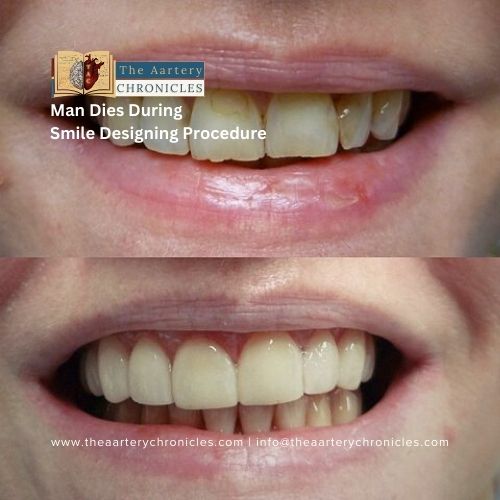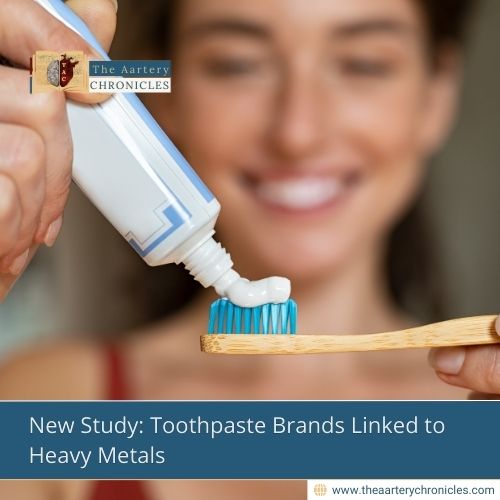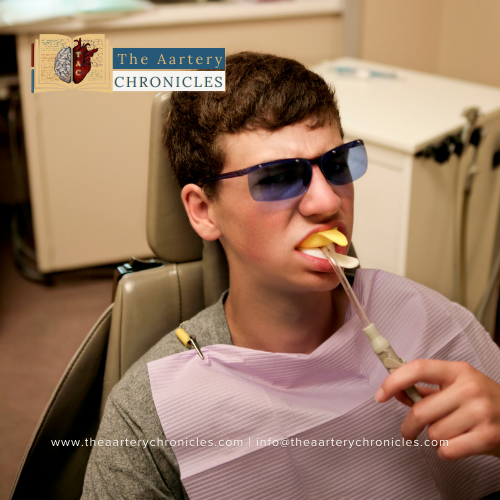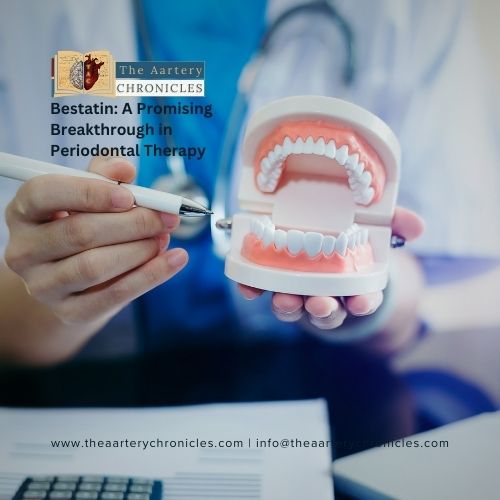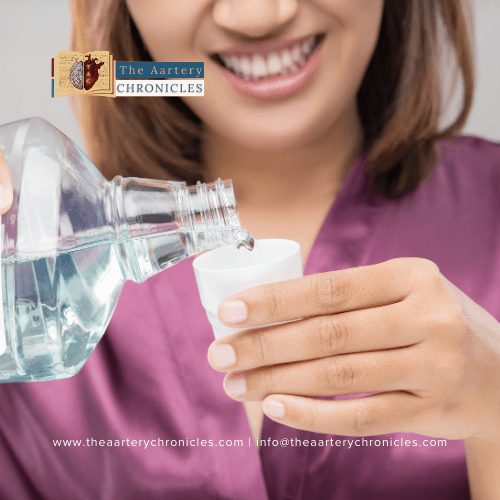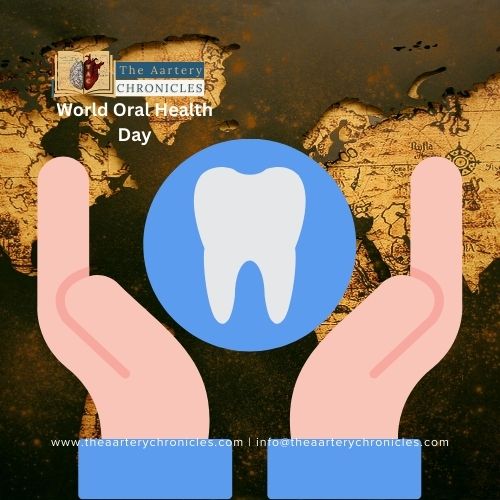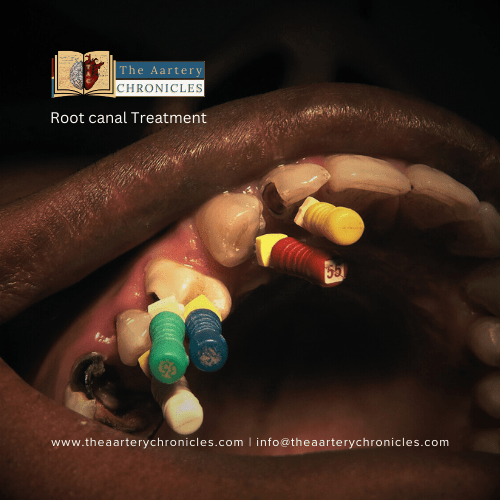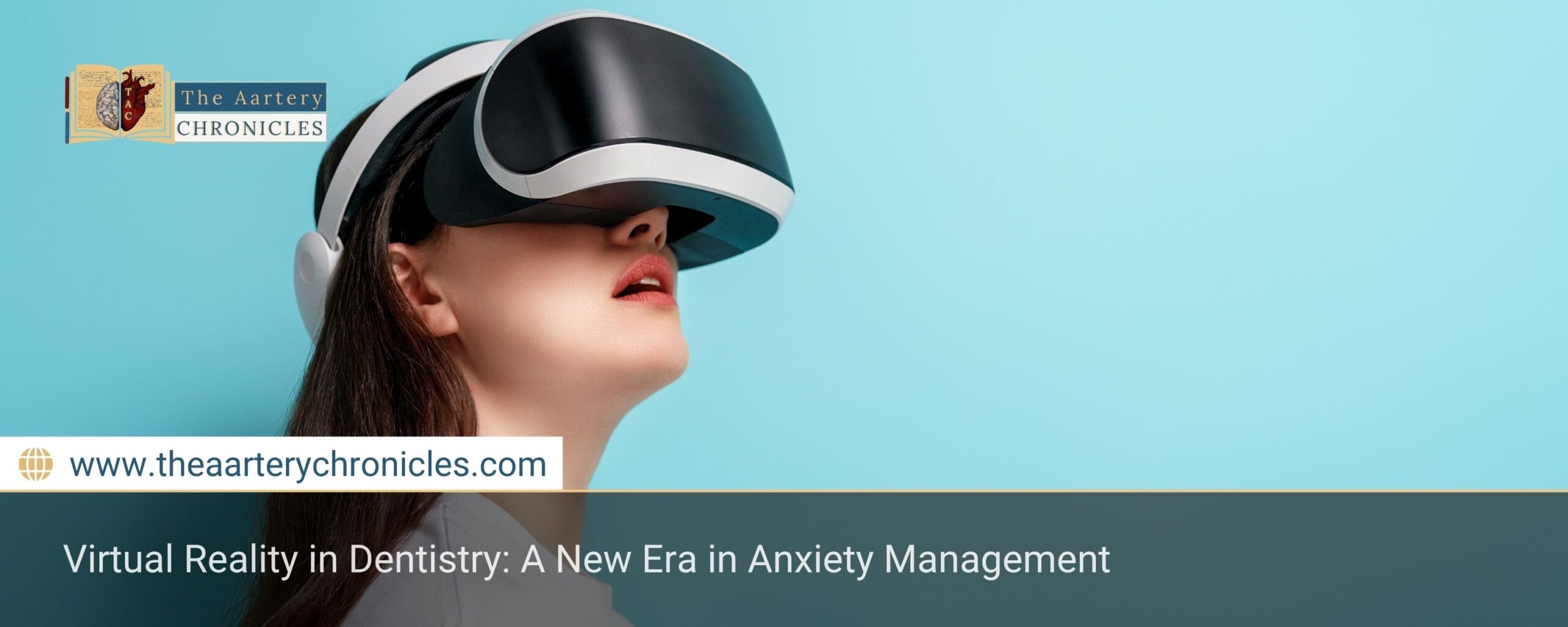
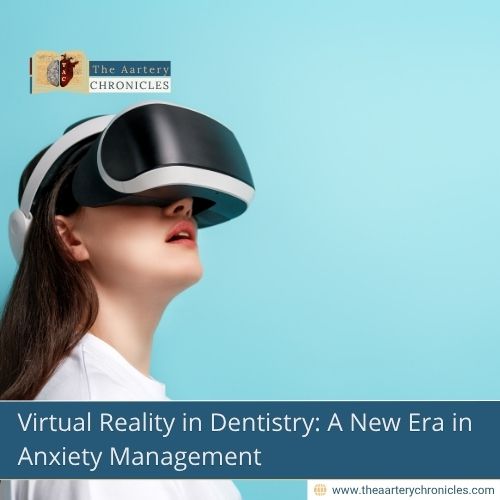
Virtual Reality in Dentistry: A New Era in Anxiety Management
Summary: Virtual reality (VR) is transforming dental anxiety treatment. With the assistance of soothing virtual settings, VR removes anxiety and pain from dental procedures without drugs or side effects. Supported by strong scientific data, this non-invasive solution is going crazy popular for making dental appointments enjoyable and convenient, particularly for anxious or vulnerable patients.
Virtual Reality in Dental Anxiety Management: A Game-Changer for Patient Experience
Millions of people worldwide struggle with dental anxiety, which is a major barrier to oral health. The very thought of a dental appointment triggers significant anxiety in many, leading to avoidance and, ultimately, a decline in both general and oral health.
Sedation and behavioural therapies have long been used to manage dental anxiety, but emerging virtual reality (VR) technologies offer a safer, non-pharmacological alternative that enhances the patient experience.
Understanding Dental Anxiety and Its Effects
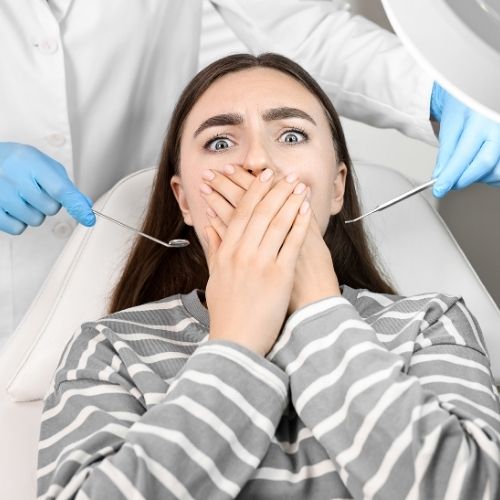
Dental anxiety can cause systemic symptoms like
- Rapid heart rate
- Perspiration
- Nausea
- Panic attacks, in addition to basic anxiety
This anxiety frequently causes missed appointments, therefore enabling small dental problems to grow into more serious ones needing extensive treatment, hence exacerbating fear and avoidance.
The cycle of dental fear and avoidance is well-documented, which might severely affect general health and quality of life.
How Virtual Reality Helps to Control Anxiety: Calming Dental Fears
Using a headset that generates visual and auditory stimuli, virtual reality immerses patients in peaceful, computer-generated surroundings.
- From serene landscapes to interactive games, these experiences divert patients from the clinical setting. This process, called attentional distraction, redirects the brain’s focus, hence lowering its capacity to interpret fear and pain signals.
- As a result, patients often report feeling less anxious and more comfortable during dental procedures.
Scientific Data Supporting VR in Dentistry
A randomized controlled trial published in the Journal of Dental Research found that even a brief VR session featuring calming virtual landscapes significantly reduced both anticipatory and treatment-related dental anxiety, compared to typical waiting room experiences.
- Notably, women in the VR group experienced a greater reduction in anxiety than men.
- Over 96% of participants expressed interest in using VR again during future dental visits.
The research found that public dental clinics can successfully employ short VR interventions to manage dental anxiety in patients.
- In another study, compared to just 20% in the control group, 40% of adults who underwent dental extractions reported a clinically significant decrease in anxiety scores.
- Patients who stated a fear of the dentist benefited the most, and almost all participants desired to replicate the VR session.
Notably, no side effects were noted.
Meta-Analyses and Systematic Reviews
A comprehensive review in Frontiers in Medicine analysed 22 studies with over 1,500 patients and confirmed that VR reduces anxiety and pain in both adults and youngsters during dental procedures.
- The review also observed improvements in physiological indicators like heart rate and salivary cortisol, suggesting that the advantages of VR reach beyond subjective experience to have quantifiable biological effects.
- Further evidence for these results comes from a 2024 clinical trial in the Journal of Clinical Medicine showing that VR use during dental treatment may greatly reduce patient anxiety, with high acceptance rates and no reported negative side effects.
Advantages of VR Over Traditional Methods
VR also possesses some advantages over other anxiety control strategies utilised in dentistry:
- Non-invasive and drug-free: VR does not require medication or sedation, therefore removing the risk of drug interactions or side effects
- Immediate Relief: VR offers quick anxiety relief before or during treatments, therefore having an immediate effect.
- Patient empowerment: Patients can pick their favourite VR environments, therefore promoting a feeling of control.
- Cost-effective: Implementation expenses for dental offices are dropping as virtual reality equipment gets more affordable.
- Versatile: VR can be customised for all ages and anxiety levels, thus it is appropriate for a variety of patient groups.
Patient Experience and Tolerance
Patient feedback on VR in dentistry is mostly favourable. Satisfaction levels often go up to 90%, with many patients saying VR made their dental experience more comfortable and less frightening. Children, people with special needs, or those with a past of traumatic dental events benefit especially greatly from VR.
Using VR in Dental Practice
Modern VR headsets are lightweight, wireless, and simple to sterilise.
- By choosing soothing environments or interactive experiences based on patient preference, dental teams can offer VR sessions in waiting areas or during procedures.
- Staff training, a range of VR experiences, and strict hygiene standards for shared equipment are major factors in successful implementation.
Future Directions
Real-time monitoring and modification of virtual reality experiences, enabled by advances in artificial intelligence and biofeedback, may also improve their efficacy. Researchers are still working to maximise VR use in dentistry by
- Examining ideal session lengths
- Customised content
- Integrating virtual reality with other behavioural treatments
Conclusion
Virtual reality offers a secure, efficient, and comfortable alternative to conventional techniques, hence transforming dental anxiety management. VR could help patients feel better, adhere to preventative care more often, and eventually improve oral health outcomes by making dental treatment more pleasant and accessible.
“Although I have not yet implemented VR in my practice, I am genuinely excited about its potential. The prospect of helping patients feel at ease and transforming their dental experience is something I look forward to. VR represents a promising step toward truly patient-centred care.”
By Dr Yashvi Singh


